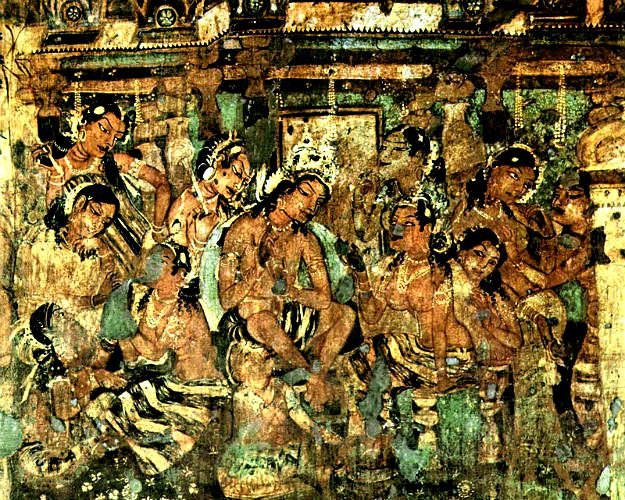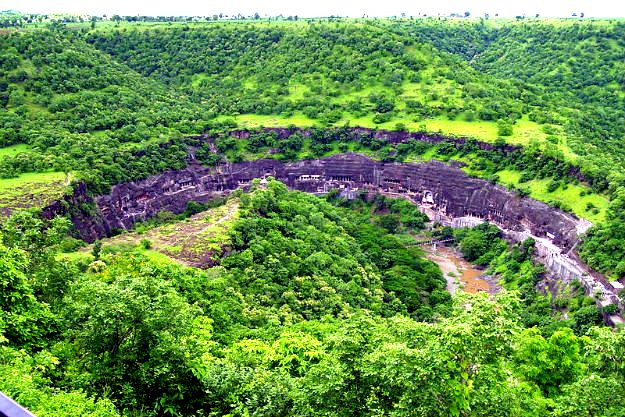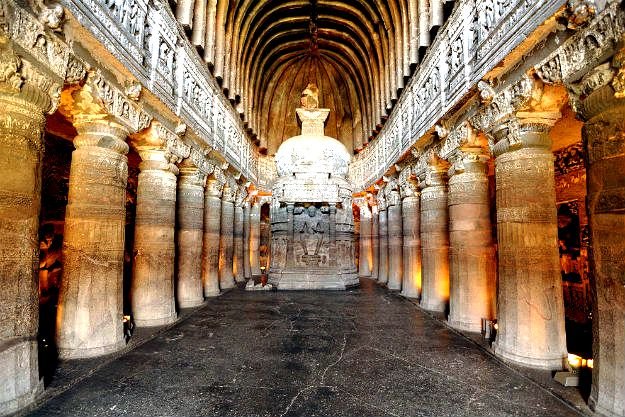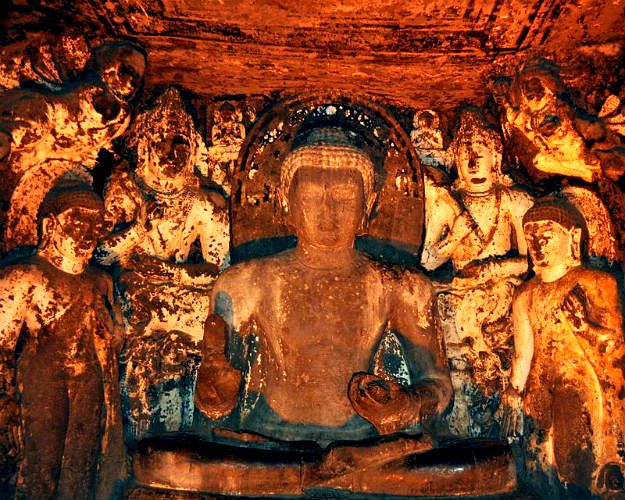These 12 interesting facts about the Ajanta Caves will leave you stunned!
The Ajanta Caves in Aurangabad are definitely worth a visit, aren't they!

The Ajanta Caves are one of the oldest UNESCO World Heritage Sites in India. The carvings and paintings at Ajanta date back to the beginning of the era of classical Indian art. Th Ajanta caves along with the ones ta Ellora are some of the most beautiful caves in India. These caves are some of the most mesmerizing ones in the country, especially with paintings that take us back in time all the way between the 2nd century BC and 6th century AD. The caves are now protected by the Archaeological Survey of India. The caves of Ajanta are home to some of the most magnificent masterpieces of Indian art. Located in Aurangabad district of Maharashtra, the Ajanta caves are one of the places history and and culture enthusiasts will enjoy an excursion to. Here are 12 facts about the Ajanta Caves that will inspire you to visit Aurangabad now!
DON’T MISS More stories on History and Heritage
Photograph courtesy: Wikimedia Commons
Photograph courtesy: Wikimedia Commons

It is believed that several Buddhist monks spent a significant amount of time at the Ajanta caves during the monsoons as they were forbidden from travelling during that particular period of the year. This was the time when the monks put their creativity and time to use and painted the walls of the caves.
It was only in 1819, when Jon Smith, who belonged to the 28th Cavalry accidentally chanced upon the horse-shoe shaped rock while hunting a tiger in and around the Deccan Plateau region. The entrance to the cave like structures intrigued the British official enough to make them cross the Waghora River in the vicinity and reach the caves. Soon, archaeological experts excavated the sites and the news of discovery of these caves spread like wild fire making it an instant hit among European travelers.
Apart from the stunning paintings and sculptures, there were also huge Buddhist mounds like stupas built, massive pillars intricately detailed carvings on the ceilings and walls made big news, giving the Ajanta caves the status of a heritage site.
ALSO READ Does an ancient city exist under the Ellora Caves? This video will solve the mystery
Photograph courtesy: Wikimedia Commons
Photograph courtesy: Wikimedia Commons

It was soon studied that there were over 30 caves in the cave complex out of which one part of the complex was developed during the Satvahana period and the other was done during the Vakataka period. After closely studying several of these artefacts, historians and archaeologists speculated a connection between the Vakataka dynasty that ruled the region to the Gupta dynasty of north India!
During the first phase of construction, the sanctuaries known as the Chaitya-grihas were built in the canyons of the Waghora River. Caves 9, 10, 12 and 15 A were built in the first phase during the Satavahana dynasty.
The second period of construction was carried out during the rule of Emperor Harishena of the Vakataka dynasty. Close to 20 cave temples were simultaneously built which resemble the modern day monasteries with a sanctum in the rear end of the structure.
ALSO READ 10 mystical caves in India that you must certainly visit!
Photograph courtesy: Wikimedia Commons
Photograph courtesy: Wikimedia Commons
Towards the end of the reign of Harisena, these caves were abandoned and eventually forgotten through the centuries. The dense forests were partly to be blamed for camouflaging these caves.
The Ajanta caves are home to paintings and sculptures that depict heavy influence of Buddhist philosophy and religious teachings of the Buddha. Various incidents from the life of Gautam Buddha and the Jataka Tales are represented and recreated on the walls of these caves. Scenes from the royal court of the respective eras are also painted.
Through his life, Buddha was against the idea of sculpting and painting images of him. He preached that life was a process through which one must overcome desire in order to attain salvation or nirvana.
ALSO READ Our Aurangabad travel guide
Photograph courtesy: Wikimedia Commons
Photograph courtesy: Wikimedia Commons

However, after Buddha’s death, his followers who wanted to worship him, decided to paint his images so that they had something to hold on to while spreading the faith and teachings of the Buddha.
At the entrance of the first of Ajanta caves, you will be greeted by a tall image of the Buddha. The doorway to the cave is decorated with auspicious motifs and the cave has numerous sculptures and paintings of Bodhisattvas Padmapani and Vajrapani; carvings of princesses, lovers, maids and dancing girls; scenes depicting the Persian Embassy, Golden Geese, Pink Elephants and Bull Fights.
Though the caves are over 2,000 years old, the Buddha statues had been added close 600 years later.